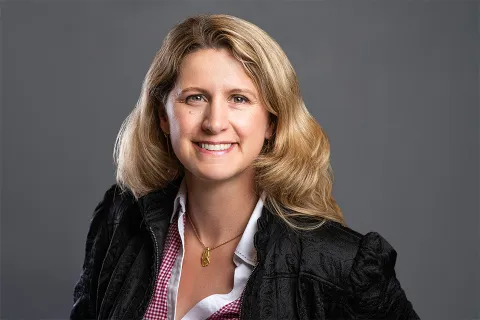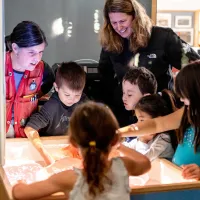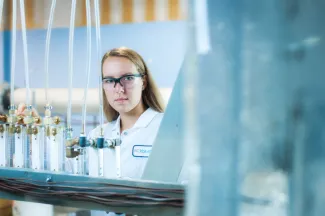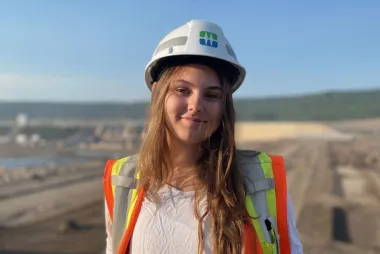
Tara Christie
- Degree:
- Bachelor of Applied Science
- Program:
- Campus: Vancouver
Job: President and CEO of Banyan Gold Corporation
A winner in the leader category in the BC Business 2025 Women of the Year Awards, Tara Christie heads up Banyan Gold Corp. and is advancing the development of one of North America’s largest undeveloped gold projects. She’s also co-founder of a non-profit that has worked for close to two decades to improve educational outcomes for Yukon students.
Any highlights from your time at UBC?
I loved being part of UBC’s geological engineering community – the students I was studying with and the professors who taught us. I participated in an extracurricular field school in Hawaii, as well as the local field school where you learn how to use survey equipment.
I had already built up a lot of practical skills because my family had a large-scale alluvial mining operation, and I spent my summers setting up drains, designing water systems and running the equipment, including the bulldozers and excavators.
These practical skills are so helpful. I know the capabilities of the equipment, how things get done, how long things take. As CEO, you are in a much better leader when you really understand the operational aspect of the business.
Tell us about your work at Banyan.
In 2011, while I was president of Gimlex Gold Mines, one of Yukon’s largest placer mining operations I was invited to sit on Banyan’s board, and in 2016 was asked to step up as CEO.
Banyan’s primary target is the AurMac Gold Project. I had purchased the alluvial rights to AurMac in 2013, knowing that if there’s surface gold, there’s probably some hard rock gold too. We’ve since invested in significant exploration activities and drilled hundreds of discovery holes to define the resource.
It’s big! AurMac is a 7.7 million ounce gold deposit, which makes this the fifth-largest project in North America.
Once we have completed the preliminary assessment (which defines the project we want to build), we can start the permitting process. We’ve done the technical and baseline work, including putting in roads and camps.
If all goes well, this could be the next gold mine built in Yukon and it would be very satisfying to know I was a part of it.
Having First Nations partnerships in place is key. We have built good relationships with the community, with a third of our staff from the local area. We want more, which is one reason I started the non-profit Every Student, Every Day Yukon in 2012. Since our founding, we’ve given out $3 million in funds to support grassroots educational projects, including STEM programs, that encourage students to attend school regularly.
Every Student, Every Day Yukon

Anything else you want to share?
Engineering is a very rewarding career. Not only have I been able to use my skills and critical thinking in satisfying ways, it’s given me a lot of flexibility in balancing my career with being a parent. You can make a good living and love what you do – and it’s not work every day if you love it!




